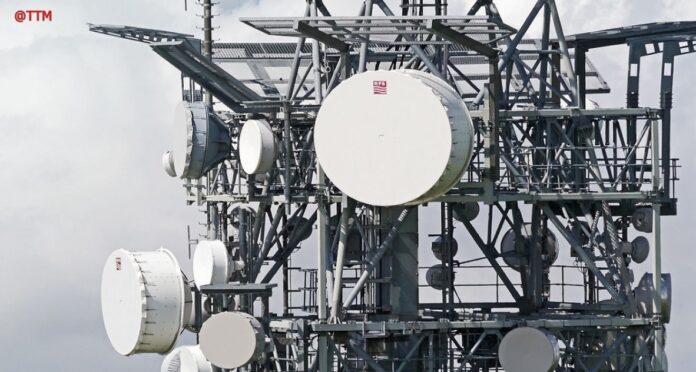Telecommunication (telephone) refers to the transmission of data, including voice, visual and audio data, by means of electromagnetic channels. As you might know, each phone has several wire frames that indicate where the call is going to end. This means that when you talk on one telephone call, the other call will begin where the call ended. In the past, this was a rather unimportant part of communication, but today, it has become important for various reasons, especially in business. As communication becomes more important in business and in life in general, it is important to understand what telecommunication is and how it works.
The basic definition of telecommunication systems is that the transmission of messages involves the use of both radio and television technologies, in order to deliver voice, data and multimedia messages. As you might know, each telephone line uses many different channels in order to convey their messages. This means that telecommunication systems can allow long distance calls but also allow short distance calls as well. The primary function of telecommunication is to transfer data between units, whether they are located within the same building or on a different continent.
For instance, some telecommunication devices use Global Standard of Mobile Broadband (GSM) networks and others use Voice over Internet Protocol (VoIP). Both of these networks are considered to be part of the telecommunication systems. The GSM network operates on the principles of Global Positioning System or GPS, which uses the coordinates of a device and its relation to satellites to determine the location of that device. This system was widely used until recently; however, some concerns have been raised concerning the potential misuse of GPS technology by terrorists.
A major part of the telecommunication system is the computer networks. In computer parlance, an Ethernet network is a collection of different computers which are connected via a physical network wire, or LAN. Each PC in the collection has a unique address, or IP, which refers to its location within the LAN. Each PC communicates with the rest of the computers within the collection through the communication ports on the motherboard. There are a number of different types of computer networks, including: leased lines, circuit switching networks, packet switching networks, and Wide Area Networks (WANs).
In order to send data, or digital information, from one computer to another, a telecommunication system must use one of a number of different methods. Some methods are commonly referred to as modem operators. These are the most common forms of telecommunication systems. Modem operators communicate using radio waves, which are also known as radio frequencies, to connect the terminals to the computer networks.
Another form of telecommunication system is VoIP, which stands for Voice over Internet Protocol. VoIP uses broadband internet to transmit voice data instead of traditional telephone lines. Other forms of telecommunication systems include satellite telephony, mobile telephony, and paging transmitters. These allow users to make calls over the internet using a cell phone or other telecommunications device. Most modern day cellular phones do not have memory space to store audio messages, which are sent and received by means of digitally compressed data transmission over the internet.

![What is a POC [Proof of Concept]? – Definition, Uses, Features and More What is a POC [Proof of Concept]? – Definition, Uses, Features and More](https://www.todaytechmedia.com/wp-content/uploads/2022/02/r-218x150.jpg)









![Extratorrents Is Down : Here Are The Best Alternatives To Extratorrent Top 14 ExtraTorrent Alternatives + 12 Mirror Sites [Updated 2020]](https://www.todaytechmedia.com/wp-content/uploads/2020/02/featured-100x70.jpg)